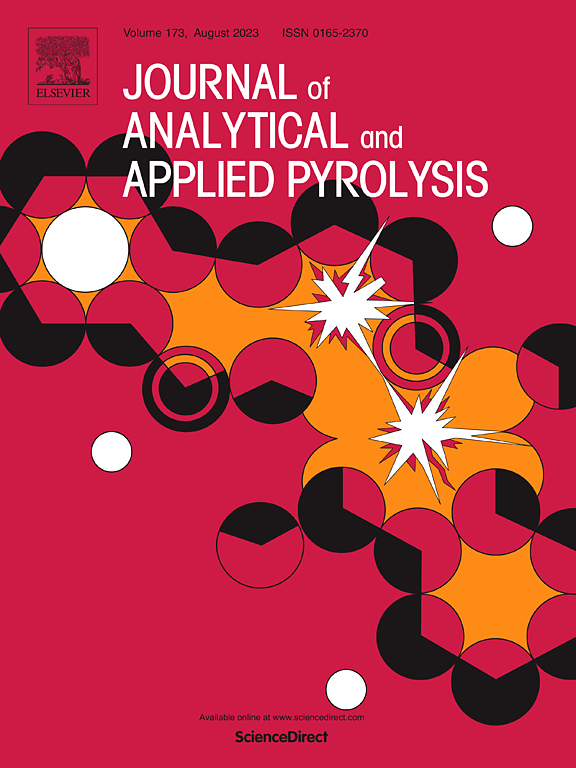Biochar produced from bio-refined herbaceous fibre residue for feed and technical purposes
IF 5.8
2区 化学
Q1 CHEMISTRY, ANALYTICAL
引用次数: 0
Abstract
Recent research and development in green biorefining aim to produce a sustainable protein feed from domestically grown grasses and legumes, that can substitute imported soymeal in animal feeds. A byproduct of this process is a high fibre press-cake fraction, that will require valorisation. Integration of pyrolysis of the press-cake into the herbaceous protein production is an innovative approach to increase the economic and environmental viability of the biorefinery. This work investigated the production of biochar for animal feed from the fibre press-cake via slow pyrolysis in a laboratory-scale batch reactor. Different herbaceous species were investigated (i.e. grass-clover and lucerne) as well as a range of pyrolysis conditions (i.e. temperature 400, 600 and 800 °C with residence time 20 and 60 minutes). The results showed that the level of severity of fibre processing within the green biorefinery affects the resulting biochar more than the type of the original biomass. The pyrolysis temperature had a greater effect on the resulting biochar than the residence time, with biochar yields continuously decreasing from 32 wt% at 400 °C to 22 wt% at 800 °C. Generally, all herbaceous biochars had rather uniform characteristics, as shown by elemental composition, FTIR and XPS. The levels of investigated organic contaminants (i.e. polychlorinated biphenyls and polycyclic aromatic hydrocarbons) were in all samples below the legal limits. All biochars had low adsorption capacity towards the methylene blue (less than 12 mg/g). However high carbon content (above 60 wt%) and Scanning Electron Microscope images suggested a good potential for carbon activation.
求助全文
约1分钟内获得全文
求助全文
来源期刊
CiteScore
9.10
自引率
11.70%
发文量
340
审稿时长
44 days
期刊介绍:
The Journal of Analytical and Applied Pyrolysis (JAAP) is devoted to the publication of papers dealing with innovative applications of pyrolysis processes, the characterization of products related to pyrolysis reactions, and investigations of reaction mechanism. To be considered by JAAP, a manuscript should present significant progress in these topics. The novelty must be satisfactorily argued in the cover letter. A manuscript with a cover letter to the editor not addressing the novelty is likely to be rejected without review.

 求助内容:
求助内容: 应助结果提醒方式:
应助结果提醒方式:


